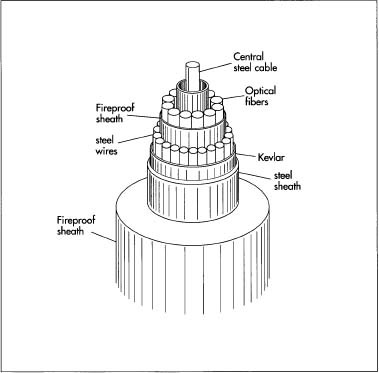1. Optic Fibers 2. Rain Sensors 3. Gonioscopy

1. Used to confine light in the core. Light travels along the fiber bouncing back and forth off of the boundary. Because the light must strike the boundary with an angle greater than the critical angle, only light that enters the fiber within a certain range of angles can travel down the fiber without leaking out. This range is called the acceptance core of the fiber. The size of it is a function of the refractive index difference between the fiber's core and cladding.


3. Used in conjunction with a slit lamp or operating microscope to gain a view of the iridocorneal angle, or the anatomical angle formed between the eye's cornea and iris. The importance of this process is in diagnosing and monitoring various eye conditions associated with glaucoma.
These 3 applications show how useful total internal reflection can be to society, the first aiding communication, the second transportation and the third medical issues.
No comments:
Post a Comment